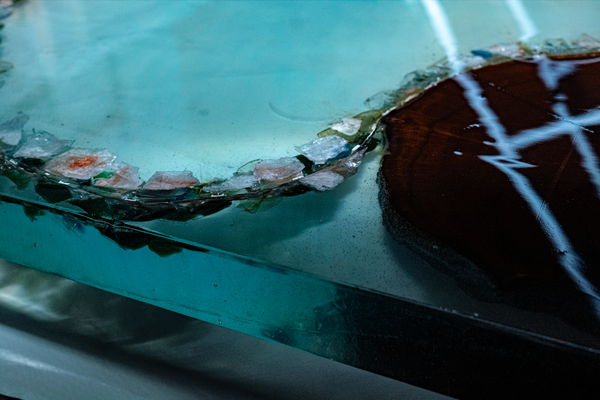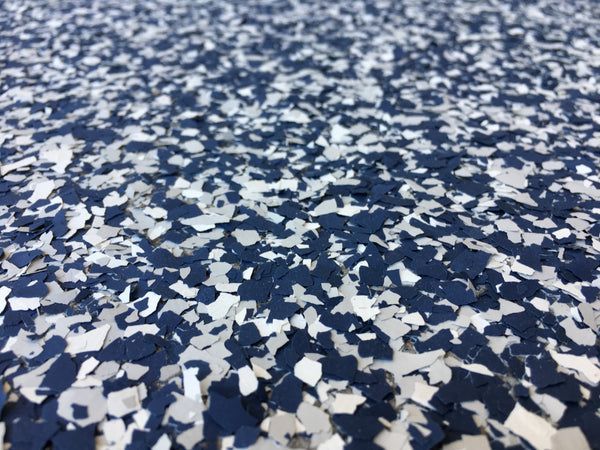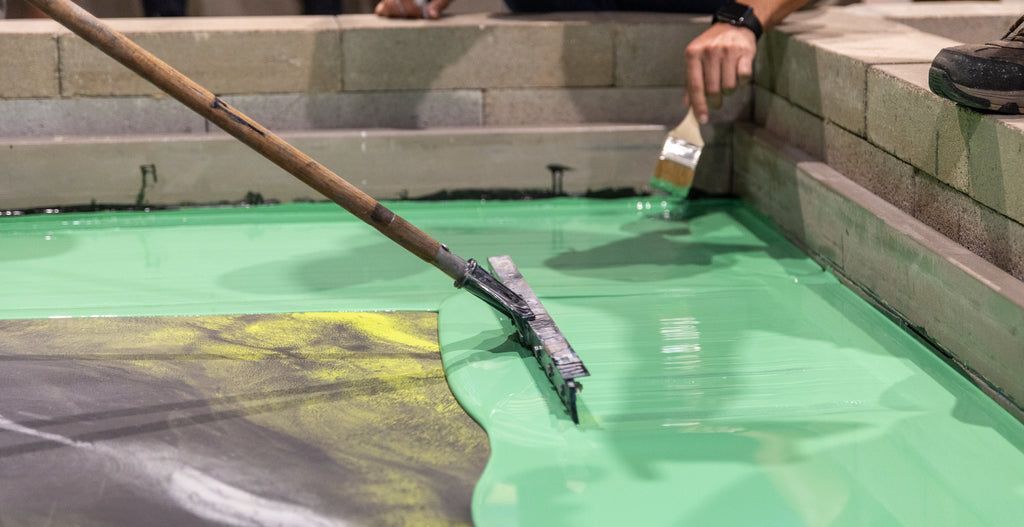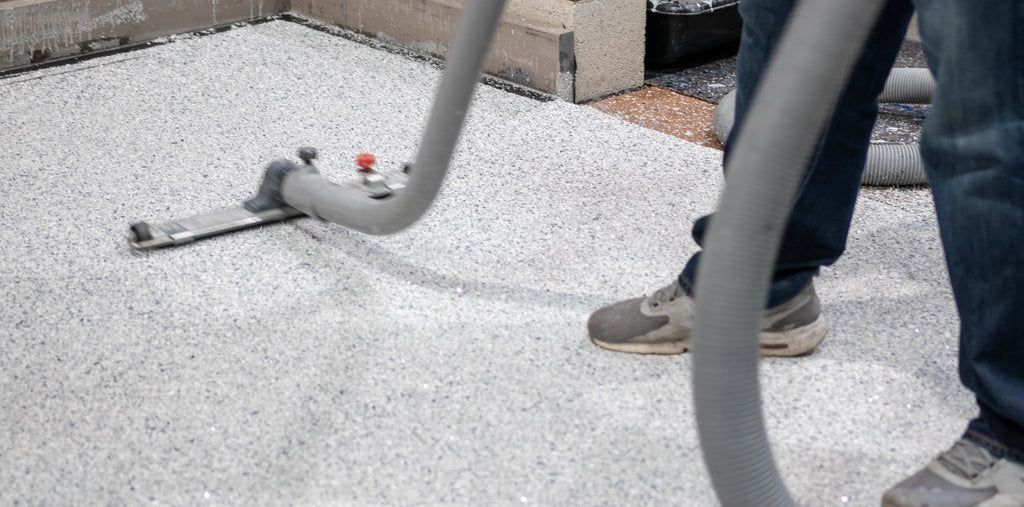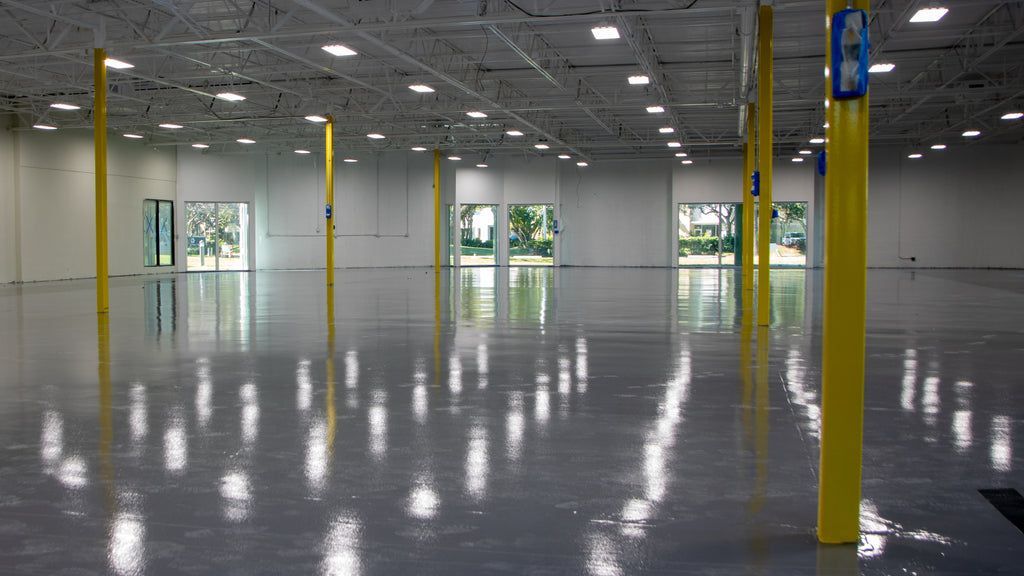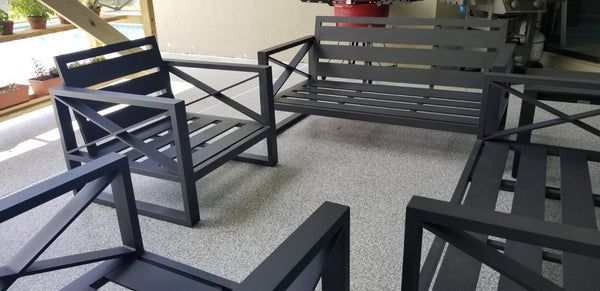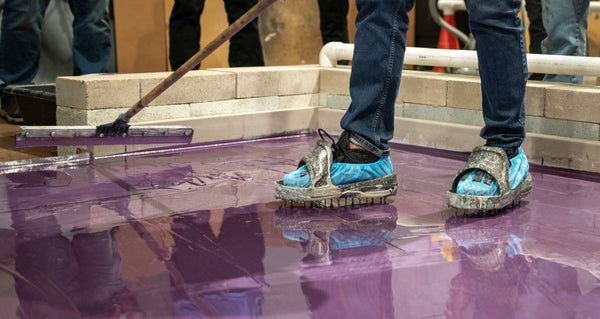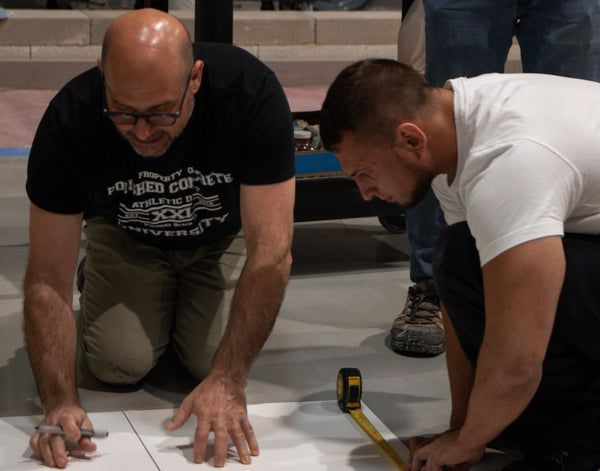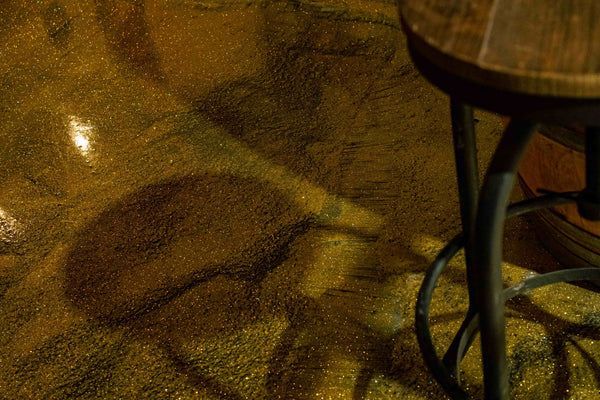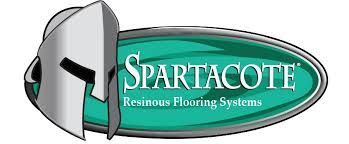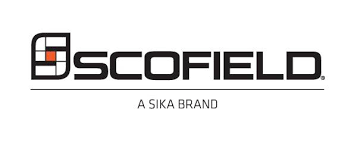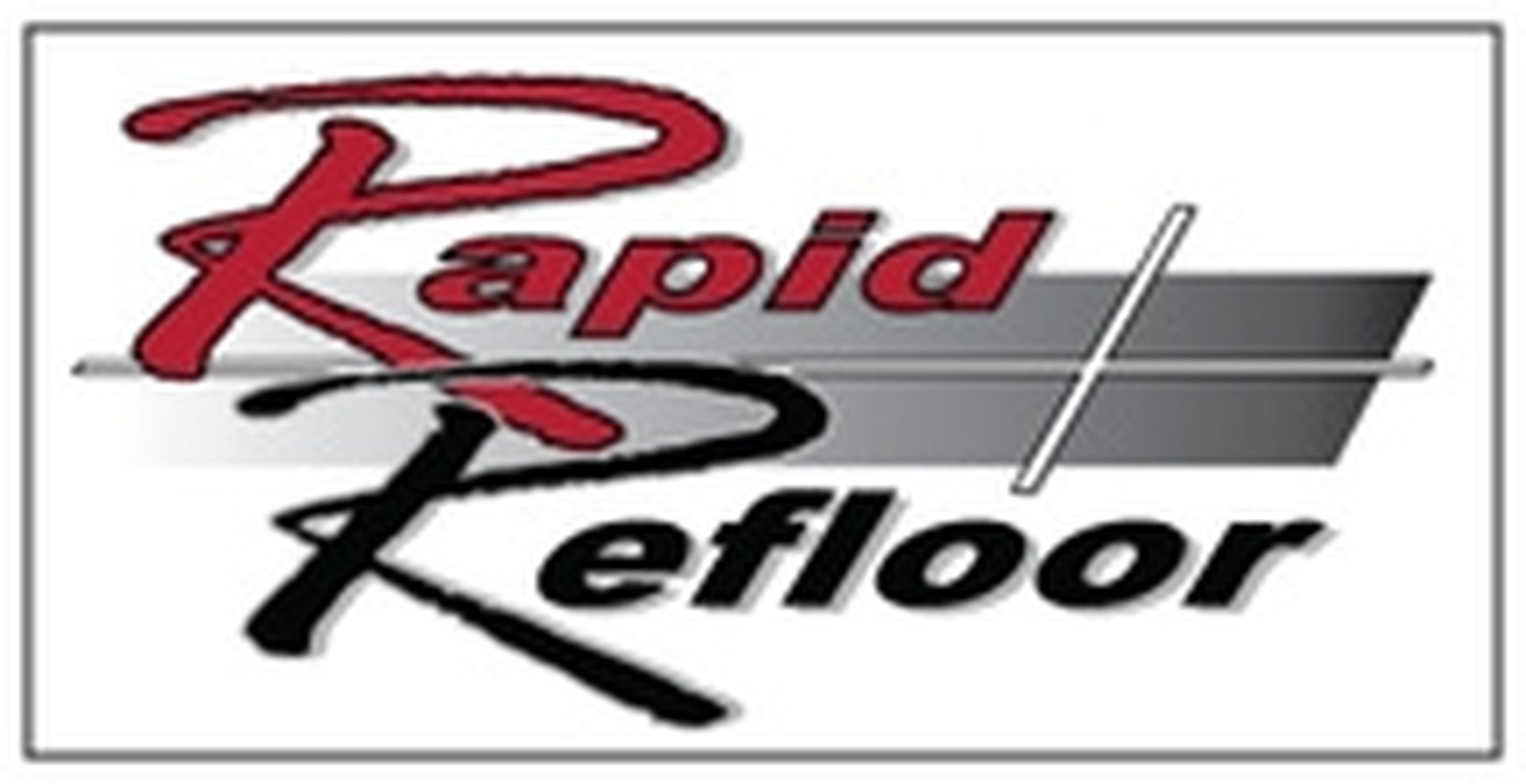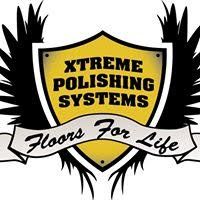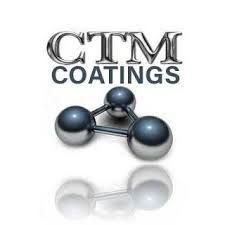The Best Tips For Self-Leveling Concrete
What is Self-Leveling Concrete?
Similar to concrete, self-leveling concrete consists of a cementitious mixture. However, it flows more easily and sets up more quickly than concrete. Pumped or poured into place, the product is mixed with water and spread evenly with a gauge rake. Upon spreading, it flows evenly and levels itself. Let's also clarify some points concerning product names. It is possible to find products called "self-leveling underlayment," which is the same thing as "self-leveling concrete".

The majority of these mixtures are composed of Portland cement, polymer plasticizers, and other ingredients. While they are as strong as concrete, they flow more easily and set up much faster. Depending on the application, self-leveling concrete can be poured as thin as a quarter inch, just enough to smooth out small imperfections. Concrete can be poured as thick as 5 inches without aggregate and 1 inch and a half with aggregate (make sure you follow all manufacturer's guidelines). If the foundation floor is low and needs to be smoother, it can be poured as thick as an inch and a half without aggregate.
What is the Process Duration of Self-Leveling Concrete?
A smooth and flat surface may be achieved within 1-2 hours depending on the product. Based on the flooring material being installed on top, it may be completely hardened in about 6 hours. Tile, carpet, or other types of floor coverings can also be applied over self-leveling concrete making it a versatile building material. With radiant heating installations, self-leveling concrete is especially effective because it flows around the tubes easily. This cannot be accomplished with thicker floor-leveling compounds that must be troweled.
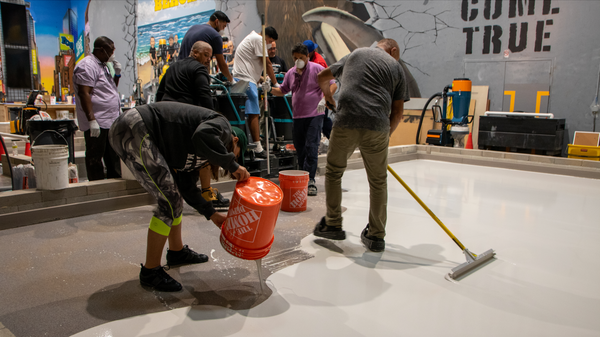
Moisture remediation is necessary if moisture is found in the slab. If you need assistance or more information, you can also contact our concrete flooring experts at Xtreme Polishing Systems or the International Concrete Repair Institute (ICRI).
The Installation of Self-Leveling Concrete
Here are 7 tips for installing self-leveling concrete successfully:
- Make sure you follow all the instructions provided by the manufacturer. Don't cut corners or skip any steps. In the event that any of these tips conflict with the manufacturer's instructions, follow the manufacturer's instructions as opposed to these tips.
- You should always buy more than you need. It may not sound like much, but a fraction of an inch in thickness may result in several bags of product being lost. In order to avoid having to return to the store for additional material, you must finish the job in one pour.
- Preparation is key. Make sure all your tools and supplies are ready. Your working time may only be 10-20 minutes after pouring.
- You should store your leveler product indoors and off the ground to prevent it from getting wet.
- Mixing products in extreme temperatures is not recommended.
- Make sure not to add water to the product when spreading it. It is crucial to have the right mix ratio.
- Upon completion, clean all tools and buckets immediately. The product will never come off if you allow it to set.
- Avoid pouring more product than you need. You should quickly and carefully scoop up any additional material into a bucket, where it can be safely disposed of.
What are Common Applications for Self-Leveling Concrete?
Assume you want to upgrade an old, cracked, or settled concrete floor. Alternatively, perhaps you are installing radiant heating on a floor. Perhaps you are building an addition and need to match the floor to an adjoining room. Or there may be rough and uneven concrete floors in your basement that need to be finished. Self-leveling concrete is suitable for all of these applications.
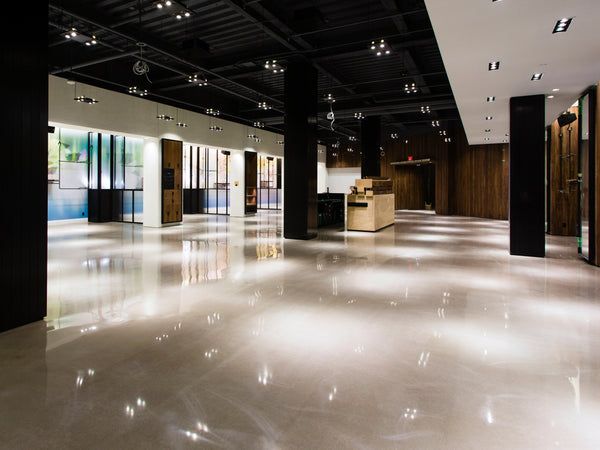
Among the other self-leveling concrete applications are warehouse floors, light industrial applications, retail facilities, and institutional facilities. Colored concrete toppings can also be painted, stained, saw-cut, or mechanically polished to produce decorative wear surfaces.
Preparation for Using a Self-Leveling Compound
Moisture in your existing concrete floor must be addressed before you install a new floor. A high moisture level in concrete can lead to the leveling compound degrading over time.
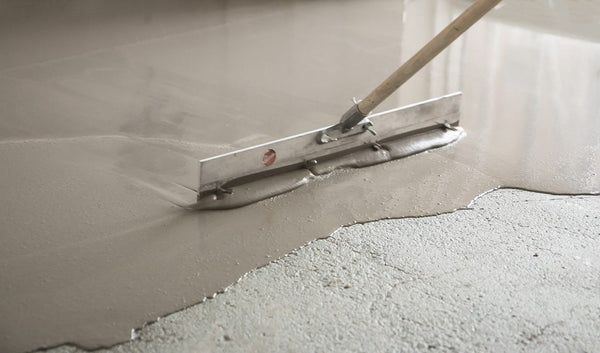
To ensure the slab has a moderate moisture level, you should test it. Just looking at the slab won't do the trick. In spite of the appearance of a slab, moisture from deep within can migrate to its surface over time and cause serious problems. It is important to take steps to remediate an excessive moisture level deep in the slab before pouring your new self-leveling concrete floor.
ME5 Concrete Moisture Meter
The Tramex CME5 is a concrete moisture meter that detects and evaluates moisture conditions within the concrete slab or screed by measuring the electrical impedance. This moisture meter determines the strength of the current and converts this to a moisture content value for concrete slabs and a comparative value for other cementitious floor screeds, displayed on a large clear analog dial.
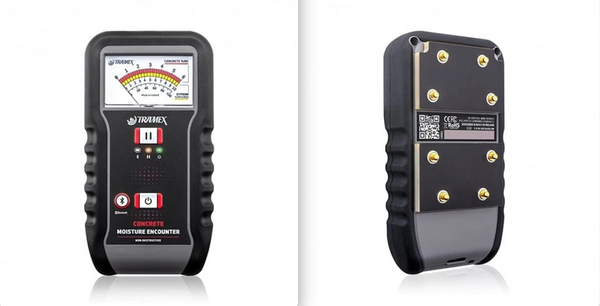
The Tramex CME5 is a non-destructive meter for measuring moisture content instantly in concrete slabs per ASTM F2659 and giving comparative or equivalent readings in other cementitious floor screeds. This easy-to-use meter gives precise and repeatable results, the Concrete Moisture Encounter allows the user to make multiple tests over a large area in the shortest possible time. A low-frequency electronic signal is transmitted into the material under test via the electrodes in the base of the instrument. The strength of this signal varies in proportion to the amount of moisture present in the material.
You will need the following items to do the job:
- Shop vacuum
- Broom
- Mop
- Mixing station or mixing buckets (6-gallon minimum)
- Mixing drill and mixing head
- Gauge rake
- Epoxy shoes or cleats
- Plastic sheet
- Silicone caulk
- Self-leveling product and primer
Conclusion
There are no limits to all the floor design possibilities that can be achieved with the long-lasting and high-performance abilities of self-leveling concrete applications. Self-leveling concrete finishes provide a smooth level surface that is designed to give a brand-new look to old, weathered, or damaged concrete and poured over existing concrete to repair, renew, or for decorative purposes such as concrete staining or stamping.
